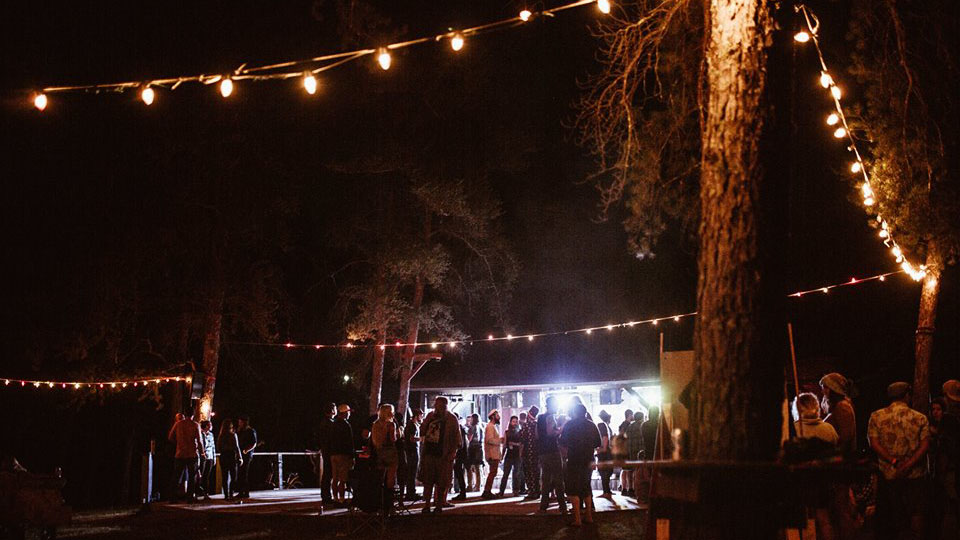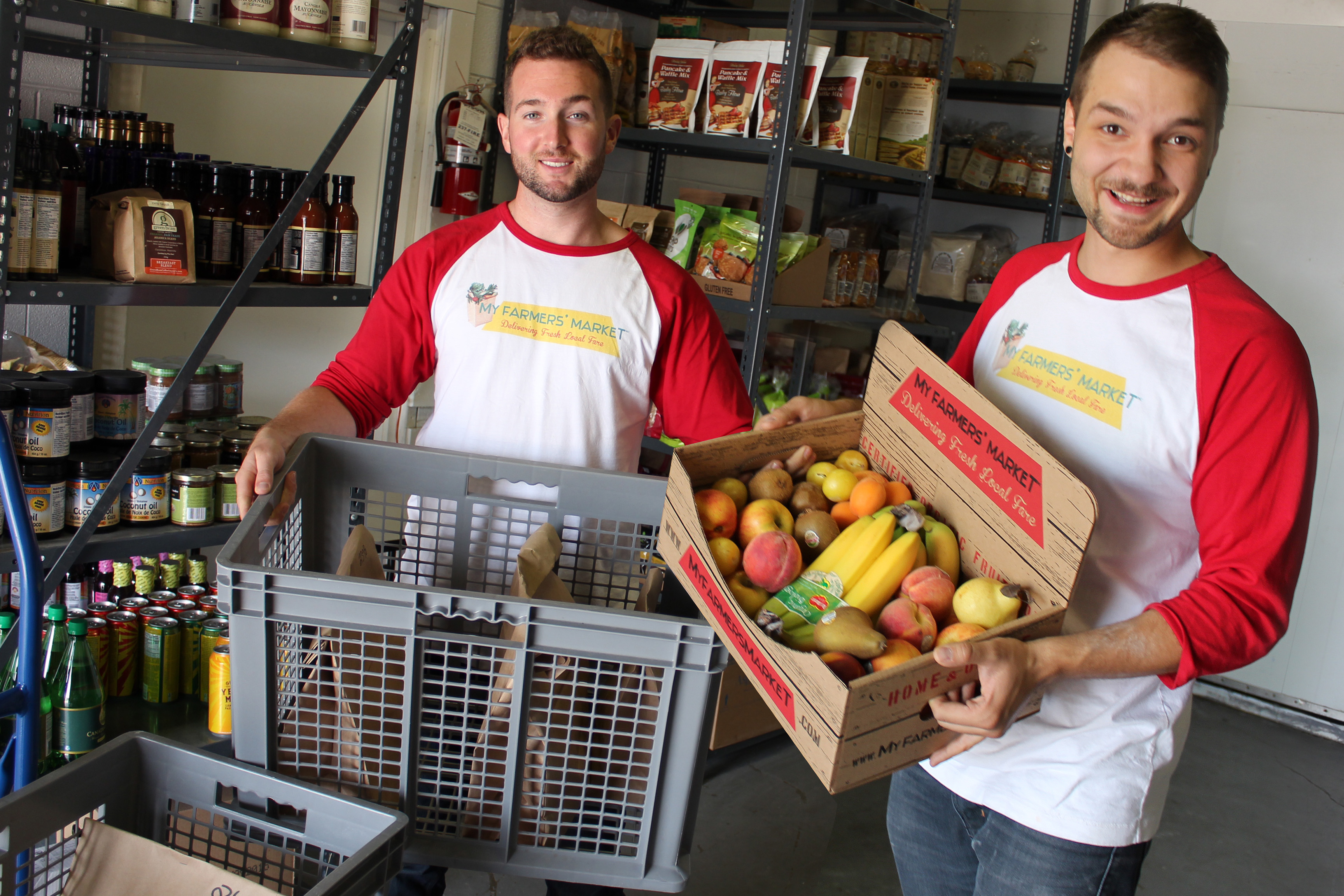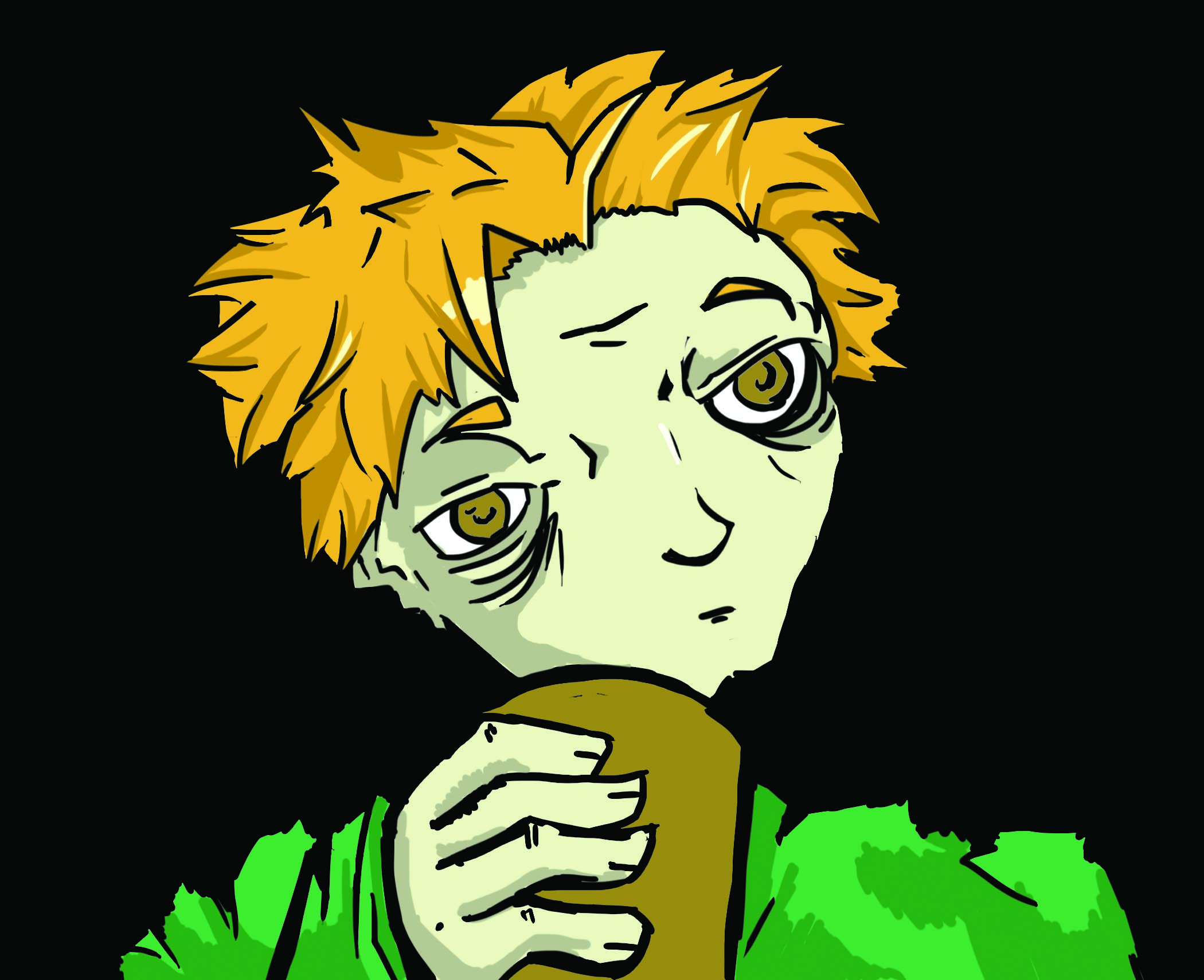The tall, white high-rise apartments disappeared in the heavy fog as my gondola slowly ascended into the mountains of Lantau Island, one of the more beautiful islands of Hong Kong. I was on my way to see the Tian Tan Buddha, a 34-metre high bronze statue of the Buddha sitting atop a pedestal resembling a lotus in the highland of Ngong Ping.
After regaining a steady foot from my motion sickness inducing gondola ride, I explored the small village of Ngong Ping, which was more a tourist trap than a village, with souvenir shops and overpriced cafes.
Escape past the commercialism and you find yourself approaching the Po Lin Monastery. I was lucky to have been visiting Hong Kong during the start of the Chinese New Year. Their New Year festivities last for around two weeks and is very family oriented.
It is the largest and most important Chinese holiday, which normally happens in January or February. The monastery gradually came to view through the dense fog. As I got closer I could begin to see stone carved flowerbeds and small shrines set up for prayers and wishes.
These shrines were filled with sand in which burning incense were placed after a wish was made for the coming year. I took it upon myself to get friendly with some local students and ask them the meaning behind the incense.
After explaining, my new Chinese ambassador pointed to the small row of stands selling packages of incense. The look on his face was one of sheer surprise when I came back with my own incense.
After lighting them in a small fire pit off to the side, I was instructed to hold three of the burning sticks and make a wish, then bow three times and place them sticking up in the sand-filled shrines. While other tourists simply stood back and took pictures, I felt fulfilled in honouring this unique holiday tradition.
I grabbed a quick picture with my newfound Chinese friends before we parted ways, and I was off, lost in the mountain mist again, alone. At points of my walk I could see nothing but only the pavement three feet around me. A genuine, warm smile appearing from the fog as I passed the odd local assured me that I wasn’t completely off the map.
I soon came to the base of the Tian Tan Buddha. The fog still heavy and thick, it hid the ungodly amount of steps I would have to climb to the top where the statue itself was situated. Perhaps it was best I couldn’t see what I was in for. To my disappointment, the Buddha itself was so obscured by the fog that only the outline of the statue was visible.
This did not compress the “awe-factor” completely. In fact, I thought the fog even emphasized the mystique surrounding the Buddha himself. Many smaller statues, known as the Six Devas, surrounded the very base of the Buddha, each with an offering.
These offerings are symbolic of wisdom, meditation, patience, charity, zeal and morality. Before I left, I was lucky enough to witness a congregation of four monks carrying out a traditional ritual in front of the larger Buddha statue.
The stone solid mattress on my bed at the hostel was a welcomed relief after
arriving back on Hong Kong Island. It was time to catch a quick nap and then down to Victoria Harbour for some New Year’s fireworks.




